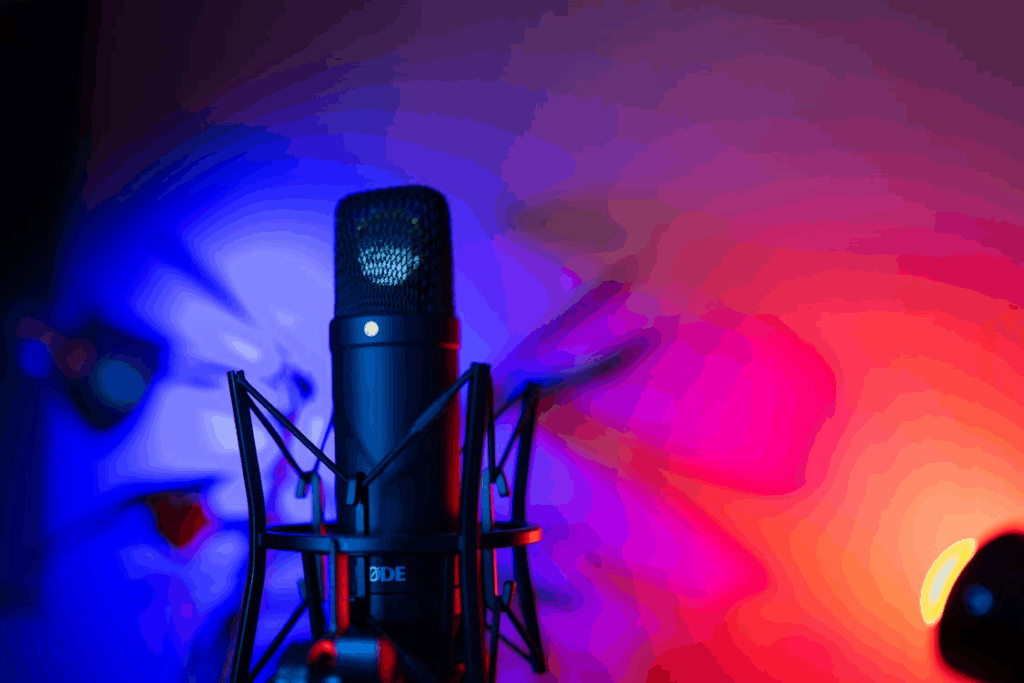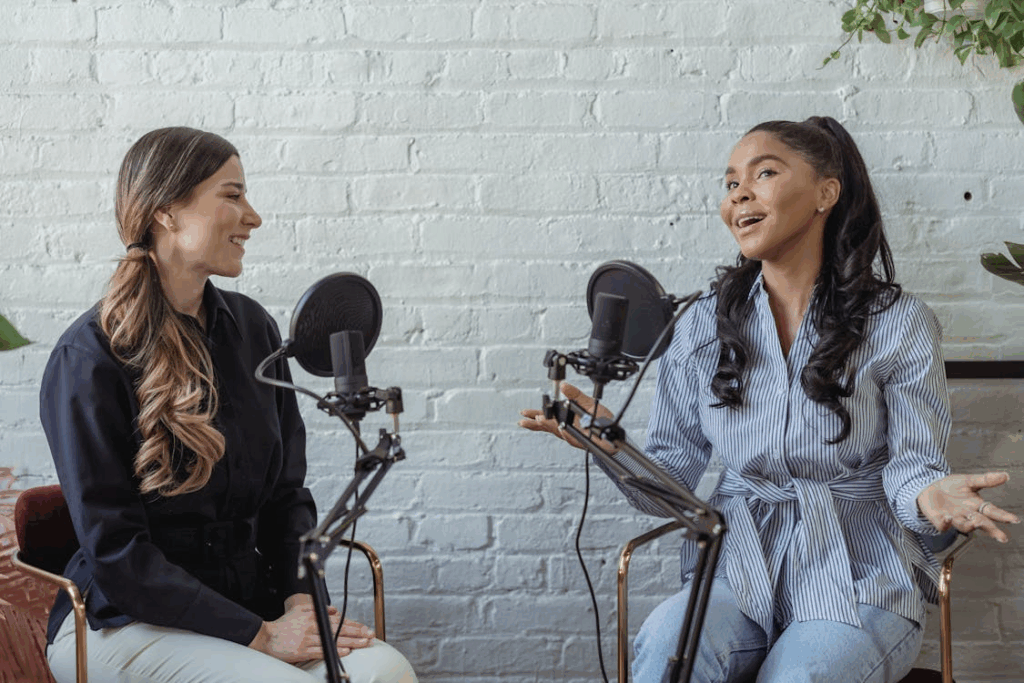Every day, a new meme, challenge, or sound clip takes over the internet, and few people stop to ask why specific ideas go viral while others vanish overnight. Viral trend psychology helps explain why. These viral trends aren’t random; they’re the result of psychology, timing, and the invisible mechanics of social algorithms.
From ice bucket challenges to lip-sync battles to trending “core” aesthetics, the anatomy of virality reveals a great deal about how people seek connection and how platforms keep us scrolling.
Behind every viral moment lies a blend of human behavior and digital design working in tandem.
The Psychology of Sharing
People share content for emotional and social reasons. According to research by The New York Times Insights Group, the top motivations for sharing online are to entertain, inform, or express identity. In other words, people don’t just share what they like, they share what says something about them.
Humor, awe, and surprise are the most contagious emotions online. That’s why funny or uplifting videos outperform neutral or harmful content. Neuroscientists have found that highly shareable posts trigger the brain’s reward centers, which are the same areas activated by laughter or belonging, making users feel connected to others who “get” the same joke.
Viral trends tap into this social validation loop. Sharing isn’t just participating; it’s belonging.
See The Psychology of Internet Comment Sections for additional insight on online dynamics.
How Algorithms Shape Virality
Algorithms are the silent directors of internet fame. Platforms like TikTok, Instagram, and YouTube analyze engagement patterns, including watch time and comments, to predict what will keep users most engaged. When a piece of content starts performing well early, the algorithm amplifies it to larger audiences, creating a snowball effect.
This feedback loop explains why virality often feels explosive. A single creator with 100 followers can reach millions overnight if the algorithm detects sustained engagement. That unpredictability fuels the excitement and addiction of creating content.
But algorithms also shape what kinds of content thrive. Short, looping videos with strong visuals or music cues outperform long-form storytelling. Simplicity wins. As the saying goes, if it can’t be understood in five seconds, it won’t go viral.
Read Mindful Tech Use: Using AI & Apps Without Losing Control for ways to keep your content intentional.
The Role of Platforms and Communities
Each platform breeds its own style of virality. TikTok trends rely on sound reuse and visual mimicry, Instagram thrives on aesthetics and aspiration, and X (Twitter) amplifies wit and wordplay. Reddit, meanwhile, thrives on collective discovery and niche humor.
Communities give trends longevity. Once a meme or sound enters fandom culture or niche online spaces, it’s reinterpreted endlessly. This remix culture, which enables the copying, adaptation, and personalization of content, is what keeps trends alive longer than their initial burst of fame.
Viral movements, such as the #IceBucketChallenge or #BlackoutTuesday, also demonstrate that virality can serve larger causes, spreading awareness more quickly than traditional media. The line between entertainment and activism is thinner than ever.
Check out The Hidden Power of Fandoms to understand how they extend a trend’s lifespan.
The Lifecycle of a Viral Moment
Most viral trends follow a predictable curve:
- Discovery: A small group shares a fresh idea or format.
- Explosion: Major influencers and news outlets amplify it.
- Saturation: Everyone participates—brands included.
- Decline: The trend becomes overused or parodied.
- Nostalgia: It resurfaces months or years later as “throwback” content.
Marketers and creators who understand this cycle can ride the wave strategically by joining early, staying authentic, and exiting before fatigue sets in.
Explore The Psychology of Nostalgia Marketing for how yesterday’s hits return as today’s viral callbacks.
The Meaning Beneath the Memes
At their best, viral trends remind us of the internet’s original power: connection through creativity. They give millions of strangers a shared language of humor, empathy, and play. Beneath the memes and challenges lies something timeless: the human desire to be seen, understood, and part of a story larger than ourselves.
The next time you hit “share,” you’re not just spreading a trend, you’re shaping the culture that creates it.




